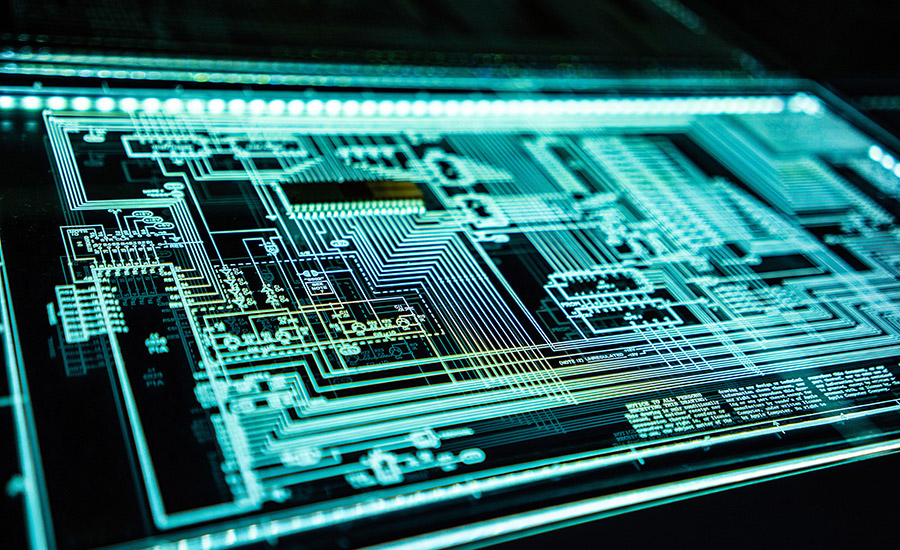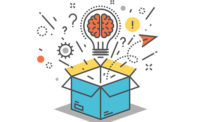Top Packaging Trend Innovations in 2021 and Beyond

The global packaging industry is increasingly investing in smart automation and eco-friendly solutions, customizing their offerings as per a wide range of end use verticals. The volume of packaging materials has witnessed a significant jump since the onset of the Covid-19 pandemic.
With higher sales of consumer electronics and zero plastic waste objectives, innovations such as 3D printing, automated processes, and circular economies will gain the attention of brands and consumers through 2021 and beyond. Some of the prominent developments in the packaging industry include:
Safe and Secured Packaging Coupled with Recyclability
Securikett, based out of Austria, specializes in physical packaging security solutions and has unveiled its patented paper security seal named VOID. The seal is cannot be replaced once it is peeled off from the product, catering to anti-counterfeiting and tamper-proof requirements. The product is made from pulp fiber, which can be recycled 8 times.
Further, these products are also available in a wide range of colors, sizes and designs, and is likely to gain traction with rising interest in alternative materials following the implementation of plastic reduction laws across the European Union.
Augmented Reality Gains Attention
A number of consumer product brands including Coca Cola and Pizza Hut have taken to integrating augmented reality technologies for their packaging formats. This development is primary aimed towards building consumer engagement.
For instance, Pizza Hut launched a limited-edition AR carton allowing consumers to play games through the use of QR codes. Coca-Cola released beverage cups for use in White Castle outlets with brand awareness objectives through AR.

Image courtesy of Securikett
Flexible Packaging Formats Achieve Traction
The introduction of digitalization processes for packaging in smart retail is a major factor influencing packaging formats. Flexible packaging opens up a number of options for automation in retail including intelligent labeling, RFID labels and smart tags. Growing consumer emphasis on sustainable purchases are also key to making flexible materials mainstream as primary packaging.
In April 2021, UFlex developed and unveiled a new laminate structure based on BOPP film for food products. The company also launched LDPE, paper, and foil 40-gsm structure for pharma packaging applications. The product allows the cross-linking of coatings and inks boosting resistance to abrasion and chemicals, without greenhouse gas emissions. Repositioning in retail space, particularly for the FMCG sector to improve on product shelf life will provide impetus to production.
Weight Reduction Remains Important
KraussMaffei HighPerformance AG announced a collaboration with SABIC to develop a new thin-wall packaging format under the brand Nestal. The offering will widen the scope of injection molding applications in the packaging sector.
Micro-cellular foaming processes are also expected to gain ground, as it not only reduces packaging weight but also has a direct impact on cutting down its environmental impact, without compromising on performance.
Cyber Security in Packaging Operations
With the rapid adoption of Industry 4.0 connections, the packaging industry is now at threat from hackers and other malicious entities with the rising use of IIoT in the sector. Companies are seeking to strictly adopt best practices, while getting rid of compartmentalization in terms of operational technology and information technology.
Firewalls between systems and production and process plants are becoming an increasingly popular option. The role of analytics in operations such as warehouse management will also create opportunities for cybersecurity offerings, to minimize chances of disruptions.

Achieve Circular Economy through Sustainable Packaging
Funding worth US$ 2.73 million was announced by UK Research and Innovation for key projects into the development of sustainable packaging solutions. The effort has been announced as a part of the Future Plastic Packaging Solutions Fund. The projects will include bio-based polymers, reusable formats, dissolvable packaging materials and circular recycling systems for pharmaceutical blister packs.
With notable influence on sustainability, circular packaging design concepts will emerge as a key trend in 2021. Investments towards behavior changes to encourage reuse, recycling, and returns, will play key roles in the future of the industry.
Automation Supplemented by Artificial Intelligence
With the onset of the Covid-19 pandemic, automation in packaging processes has become more important than ever. Higher focus on user health and safety, in addition to developments in blockchain benefits in quality control productivity, and downtime are major factors aiding adoption of automation tech.
Investments by startups and mid-sized companies towards artificial intelligence and analytics will play key roles, driving developments in operations such as direct to consumer ecommerce, and also government efforts for the distribution of the vaccine. Artificial intelligence will also help to improve return on invested capital (ROIC) by enabling predictive maintenance and generation of packaging format prototypes without the need for human inputs.
Visit www.marketngage.com for more information.
Looking for a reprint of this article?
From high-res PDFs to custom plaques, order your copy today!








